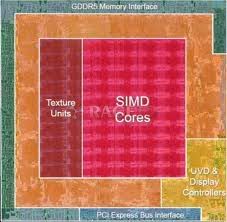Optical drives are slow as hell, the numbers do actually tell the story (since it matches up with 5x here), and gets worse when you factor in seek times. Optical drives average around 200ms, hard drives are around 10ms, and SSDs are around .1 or less. That's the main reason SSDs feel fast, more so than the insane bandwidth of newer SSDs...and why optical drives feel slow as hell (not that the low bandwidth here will help either).
The issue is this probably will not be the case with the Wii U, just as it was with the 360 and even the PS3 in some cases, where the DVD drives just perform better than USB. The 360's DVD drive, by itself outclasses any USB drive you plug into a 360 on a JTAG unit, on a vast majority of games. That's due to bandwidth/throughput on the metal regardless of the theoretical speeds of USB drives vs. whatever. We have no way of knowing that dedicated info on the Wii U yet, nor how it will perform on say Rayman Legends on DVD vs. installed to a USB drive. But if our revelations about Nintendo's choices in hardware and performance targets for the Wii U is any indication, I'm betting on a faster DVD drive speed for most games, if possibly the same or marginally slower on USB. Call me a cynic... I'd love to be wrong though, but I don't see the end results being worlds better than JTAG units.
And that still doesn't touch the rationale for Nintendo not including the options, I'd rather just spend a extra $50-$70 than be nickel and dimed for every component Nintendo chooses to exclude from the package at the cost of pennies to them vs. what it costs consumers. Including ethernet, optical out, the works.


